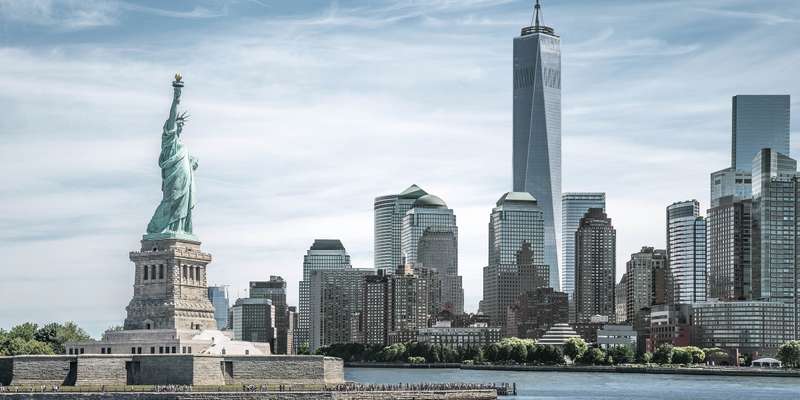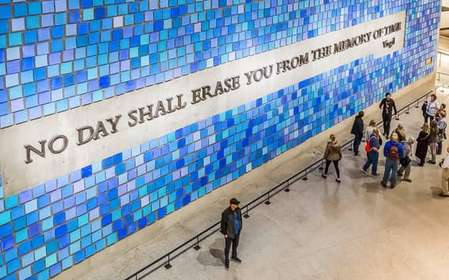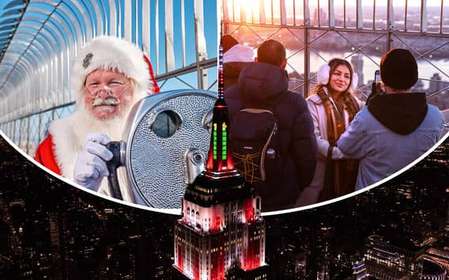- Home
- Useful Tips
- Visiting the New York...
Visiting the New York Historical Society can be a highlight of any trip to NYC, but navigating crowded galleries and long lines can turn a cultural experience into a stressful ordeal. Over 70% of visitors report frustration with peak-hour congestion at major museums, often spending more time waiting than exploring. The Historical Society’s intimate galleries, while perfect for close viewing, become uncomfortably packed when tour groups arrive. This leaves independent travelers squeezed between school field trips and midday rush, struggling to appreciate delicate manuscripts or fully absorb exhibit narratives. Worse still, popular temporary exhibitions develop queues that steal precious vacation time – a particularly painful loss when you’ve allocated just a few hours to explore Upper West Side attractions. The challenge isn’t just about discomfort; it’s about missing the intellectual and emotional connections that come with contemplative engagement of historical artifacts.


Why timing matters at this intimate museum
The New York Historical Society’s architectural charm – its ornate reading rooms and cabinet-of-curiosities vibe – works against visitors during busy periods. Unlike sprawling museums where crowds disperse, here everyone clusters around the same glass cases. Morning hours see school groups examining the Tiffany lamps, while lunchtime brings office workers on quick culture breaks. By mid-afternoon, the spiral staircase becomes a bottleneck as special exhibition traffic peaks. These patterns matter because the collection rewards slow looking: Revolutionary War letters require reading time, Audubon’s birds demand close inspection, and the interactive Constitution exhibit needs breathing room to fully engage. When jostled by crowds, you’ll miss subtle details like marginalia in Alexander Hamilton’s documents or the craftsmanship in Civil War-era ballgowns. The difference between a rushed visit and a meaningful one often comes down to choosing the right 90-minute window.
Local-approved strategies for crowd-free visits
Upper West Side residents and museum docents share a simple secret: late afternoons on Thursdays and Fridays offer near-private viewing. With most tour groups gone by 3pm and the after-work crowd not yet arrived, you’ll have Dorothy’s ruby slippers or the LGBTQ+ history exhibits virtually to yourself. Another insider tip? Target the first two hours after opening on Sundays, when neighborhood brunch culture keeps foot traffic surprisingly light. Should you visit on a busy day anyway, head straight to the fourth floor and work downward – most visitors do the opposite. The library (often overlooked) becomes a peaceful retreat when galleries feel full, with fascinating ephemera like 19th-century theater programs. For temporary exhibitions, visit during the final weeks when initial hype has faded but before last-minute rush begins. These nuanced timing strategies beat generic ‘come early’ advice by aligning with the institution’s unique rhythms.
Maximizing your visit without premium tickets
While skip-the-line passes exist, budget-conscious travelers can avoid queues through clever planning. The museum’s least busy days consistently fall on Tuesdays and Wednesdays, with 30% fewer visitors than weekends according to internal data. Free admission hours (Fridays 6-8pm) sound ideal but actually draw larger crowds – instead, arrive at 5:30pm when daytime visitors leave and evening attendees haven’t yet arrived. Your membership at other history museums might qualify for reciprocal entry, saving both money and time at the ticket desk. For those set on weekends, purchasing general admission tickets online eliminates one queue while committing to a timed entry slot automatically spaces out visitor flow. The ground-floor auditorium hosts fascinating (and thinly attended) lunchtime lectures that provide natural breaks from gallery crowds. Remember that some of the museum’s best treasures – like the antique toy collection – sit in under-visited corners where you’ll never wait to view them.
Beyond crowds: Enhancing your Historical Society experience
Truly savvy visitors know that avoiding crowds is just the first step toward unlocking the museum’s full potential. Docents recommend focusing on just two galleries per visit for deeper understanding – perhaps pairing the Civil War artifacts with the adjacent Gilder Lehrman Collection for thematic connections. The museum’s mobile app contains audio commentary on 50 key objects, letting you bypass crowded label-reading spots. Upstairs study rooms (open by request) allow closer examination of collection items not on regular display. Those interested in New York’s architectural history should time their visit to include the building tour at 2pm on weekdays, a gem that most visitors miss. For families, the ‘History Detectives’ scavenger hunt materials available at the front desk transform crowded galleries into engaging exploration zones. By combining smart timing with these experience-enhancing tactics, you’ll walk away with more than photos of exhibits – you’ll gain intimate knowledge of America’s first museum.



